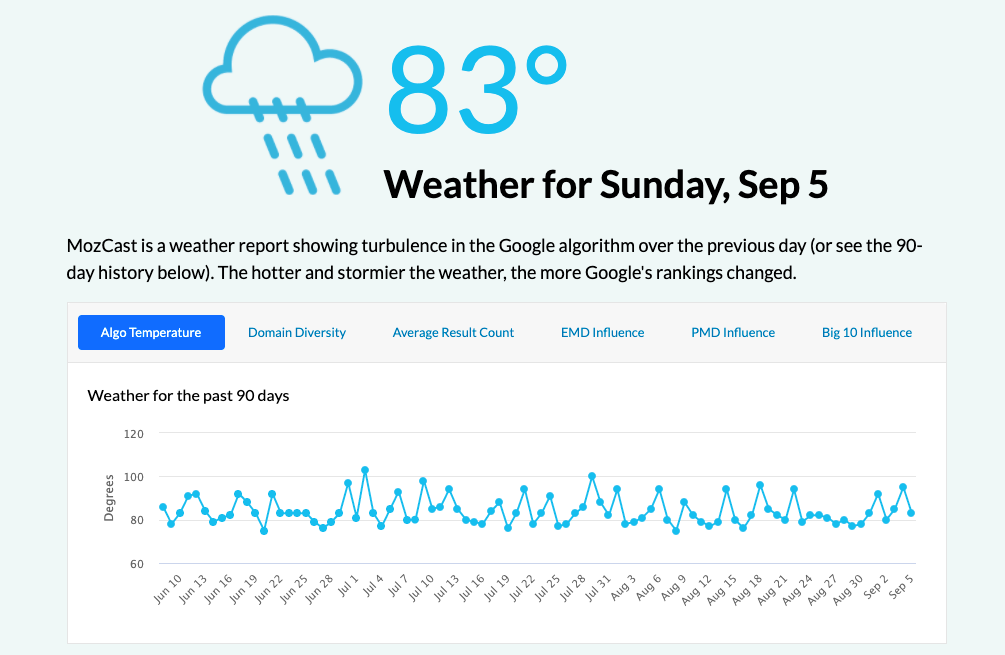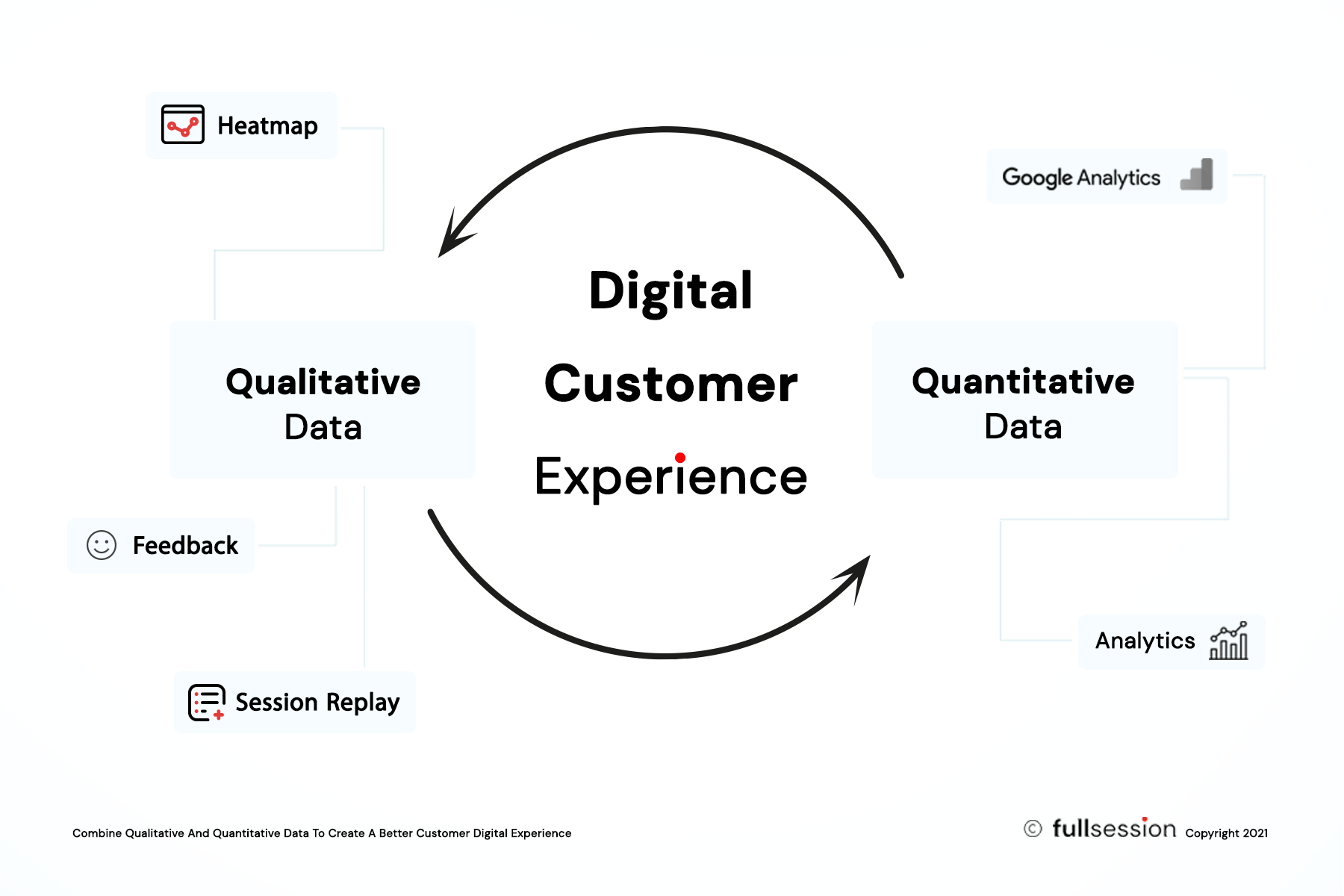
Digital Analytics In Marketing: Using Data to Map Out Customer Journeys
Last update: 23 August 2023 at 01:51 pm
Not putting in enough effort is not the reason why people fail at digital marketing; not gauging them in a timely and effective manner is.
It is a known fact that a prospect consumes your content multiple times before they get involved with your brand and make a Google search to go through your business.
But what we fail to recognize as marketers is the fact that the number of touchpoints is increasing exponentially as new platforms, social media apps, and channels continue to flood the online landscape.
The complexity of customer journeys has reached a trajectory beyond the comprehension of normal sales funnels and marketing models.
Thus, it’s high time that you come up with an approach that helps you outclass the current-day insight blackout, and digital analytics is going to be your knight in shining armour. Let us learn how you can leverage digital analytics in your marketing efforts and stand out in the ever-clustering online space.
What is Digital Analytics in Marketing?
As we discussed earlier, a prospect might come across your social media post, and you might target them later with remarketing ads via search engine marketing.
Here the concerned user might identify your brand, but you would not be able to identify them on an individual level. Instead, you would be looking forward to a set of traits and behavioural patterns shared by a target audience as a part of your paid marketing campaigns.
Over a period of time, they may organically engage with your content and search for your handle on another social media app as well.
If they find your posts helpful or interesting, they might want to visit your website and glance at your offerings as well.
By this time, you would be able to collect some analytics data like activity on the website, dwell time, and other such metrics, but again, they don’t fully allow you to focus on individual experience.
Remember that you can always seek help to review any kind of data from qualified data-driven mareketing agencies to help you in these tasks.
Digital Analytics Tools in Marketing
Digital analytics tools help you cover these dark spots or shadows by throwing light on the entire customer journey to help you make better data-driven decisions.
This includes all online avenues and a detailed analysis of what, why, how, and when an interaction triggered the next. We can safely say that digital analysis for online marketing provides tremendous value since it ensures that you can make complete sense of which efforts are working for you, which aren’t, and which efforts are working against you.
This may sound like a bare minimum, but even 73% of the collected data is simply too redundant or complicated to use, which gives you a good idea of why digital marketing isn’t everyone’s cup of tea.
This is exactly why only a handful of businesses keep ruling the SERP and social media algorithms (such as from Mozcast) despite having the same number of resources and similar tools as other firms. The answer lies in making coordinated, well-planned, and result-oriented moves instead of coming up with the standard approach of ensuring the all-around presence and increasing budgets.

These tools allow you to make sense of such complicated chains of interactions in a simple yet powerful manner so you can invest your time, effort, and resources in a rather fruitful manner.
Having said this, we would also like to add that simple doesn’t mean the format or the data representation. The simplicity refers to its usability and how well it can add value to your decision-making process without requiring you to run an analysis of your analytical report.
Thus, the focus remains on instilling action that will help you increase your digital marketing ROI and establish more meaningful relationships with your customers and patrons.
Digital Analytics Tools: Going Beyond Google Analytics
Digital analytics professionals will often tell you that Google Analytics or any web analytics for that manner doesn’t provide you the required depth of digital data.
On the other hand, most of them might not be sure of how they can generate actionable insights from paid digital marketing tools beyond cliche reports and well-known indicators.
The simple reason why digital analytics tools are required is based on the need for data-driven insights that allow digital analysts to understand user behavior and customer experience on a comparative note.
We all know that every person tries to do their fair share of research before making a purchase when looking to instantly buy a product, and this also depends on the value and cost of the item they are looking for.
On the flip side, many customers would already be using products from your competitors and have a fair understanding of your industry’s dynamics. In both cases, it is favourable to understand what motivates them to connect with your brand and reduce the number of touchpoints before they start making purchases from you.
Here, we not trying to reduce the customer touchpoints in the sense of bypassing them. Instead, being more prepared with relevant marketing materials and addressing their concerns well in advance is the core idea.
This, in a way, is a process of ironing out any rough corners in your content strategy and overall digital marketing outlook for making it more focused on results.
Investing In The Right Tools
Finding loopholes and fixing various aspects that stall your conversions becomes simpler as you are able to make more informed actions, decisions, and comprehensions.
Thus, it is indeed a wise decision to invest in functional digital analytics tools that allow you to understand your competition, what works for them in terms of full acquisition and retention cycle, and where you lag behind.
These tools will also provide you with an understanding of which activities are generating the most value for your customers and where you need to be a bit mindful when investing your energy and resources.
In most cases, you may need an entire stack since these tools are focused on one particular area of online presence, so data integration is the only way out for getting a 360-degree picture of today’s sophisticated client acquisition and retention cycles.
It may appear costly to do so on the face value, but in practice, this will prove to be a far more economical option since the returns you get will be bigger and of assured nature, unlike shooting in the dark.
How Digital Analytics Helps Businesses Create Value And Standout?
As a rule of thumb, these tools are as good as your ability to use the generated data. To begin with, just as you have a huge target audience, your customers, too, in most cases, have a decent number of choices to choose from.

Here, one needs to understand that the clutter exists on both ends of the pipeline and digital analytics helps find the light at the end of the tunnel by prompting the nitty-gritty of the value chain.
These tools allow you to understand which aspects attract more engagement, which platforms are working for you, which type of marketing materials perform better on respective platforms, and how users interact with them.
At the same time, it allows you to learn about your inefficiencies and even prevent blunders since many marketers may go all-in for certain strategies based on their experiences without testing them properly.
Getting detailed feedback and accurate insights regarding how to perform well can be considered as the core incentive for using digital analytics tools.
Thus, when you have such software at your disposal, you can easily act on the demand-generating factors and position yourself in a competitive and compelling manner.
As you would have rightly noticed, it allows you to get a decluttered view of your audience down to the individual level. At the same time, they would, too, find it easy to distinguish you from the rest of the landscape since you would be hitting the hammer on the head with a high degree of accuracy and consistency.
In a way, we can agree on the fact that it simplifies the process of value creation by providing you the right direction to strategize your marketing efforts. Till now, the scenario for most brands, including eCommerce or any other industry that creates a huge volume of marketing materials and distributes it to various channels, was more intuitive and less analytical.
With proper digital analytics tools, our focus shifts entirely towards creating a purely analytical model of the customer journey that leaves no room for guesswork or unstrategic moves.
Summing Up
No doubt, the digital marketing landscape has always been focused on creating value through different strategies and content formats, but without a concrete feedback system in place, there is no way one can be sure of achieving success. Therefore, it is in your best interest to ensure the implementation of well-calculated efforts with the help of digital analytics and focus on building a dynamic approach to optimizing customer journeys.
We hope that this article helps you understand the requirements of these tools in digital marketing and helps you excel at building concrete revenue streams without them costing you an arm and a leg.





